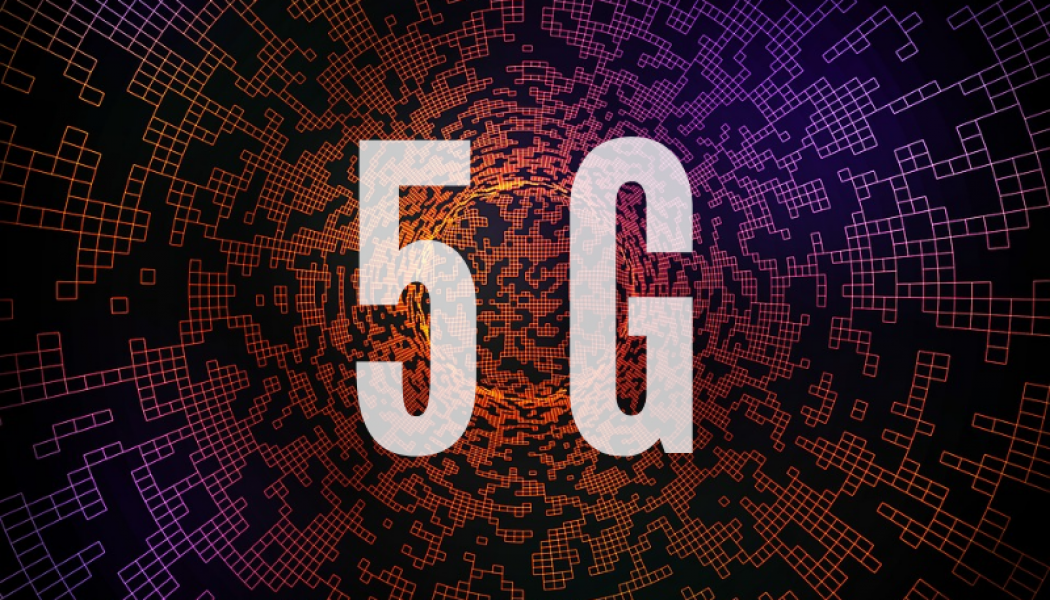5G connectivity
Why Telcos Should Gear Up to Secure New Wave of 5G Networks
Telcos are expected to implement a wide array of measures in 2021 to secure the next wave of 5G connectivity, according to a global survey by Heavy Reading. As operators begin to rollout standalone 5G networks, they are moving swiftly to secure core network configuration services, such as slice management, which enable 5G operators to provide highly customized connectivity. By the end of 2021, 71% of respondents expect to have implemented security measures for their core network configuration services and 75% plan to have secured the radio access network (RAN). ...
Why South Africa Needs Fibre to Drive 5G Connectivity
5G is paving the way forward for the connectivity that digital technologies increasingly require, but it offers a lot more than just unprecedented mobile data connection speeds. 5G is capable of handling many more connected devices, has ten times lower latency than 4G, and enables ‘network slicing’ which can prioritise specific users, services, or devices during times of network overload. With all these benefits, it’s no surprise that many people have the misconception that 5G will ultimately replace fibre, when in fact 5G without fibre would not exist. The 5G mobile network is currently being rolled out in South Africa and will still take a few years to become widely available. Even then, 5G networks will not eventually replace fibre optic networks but rather complement them by offering m...







